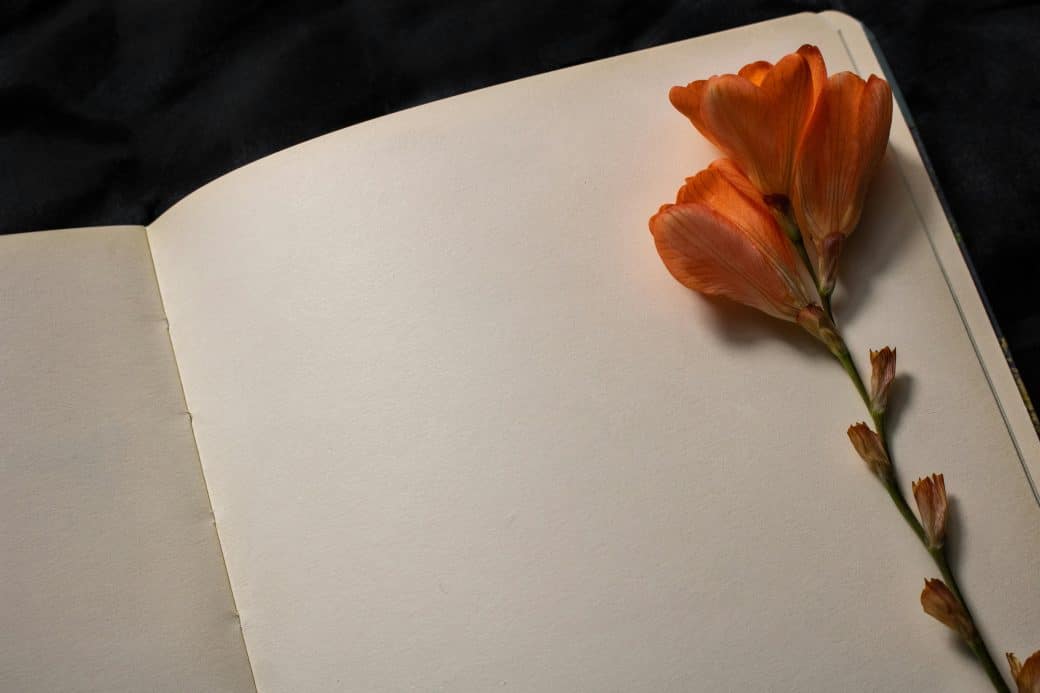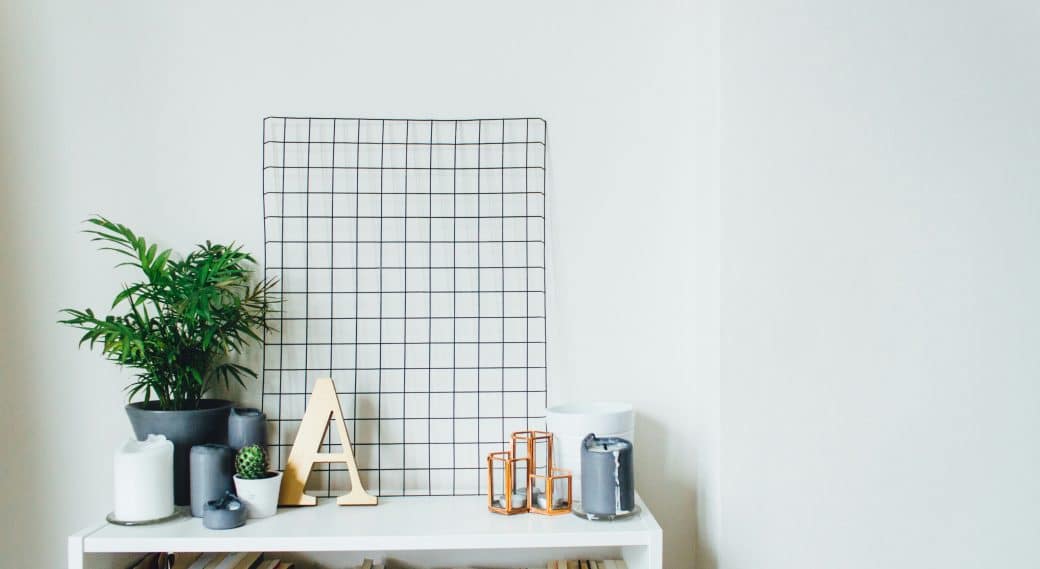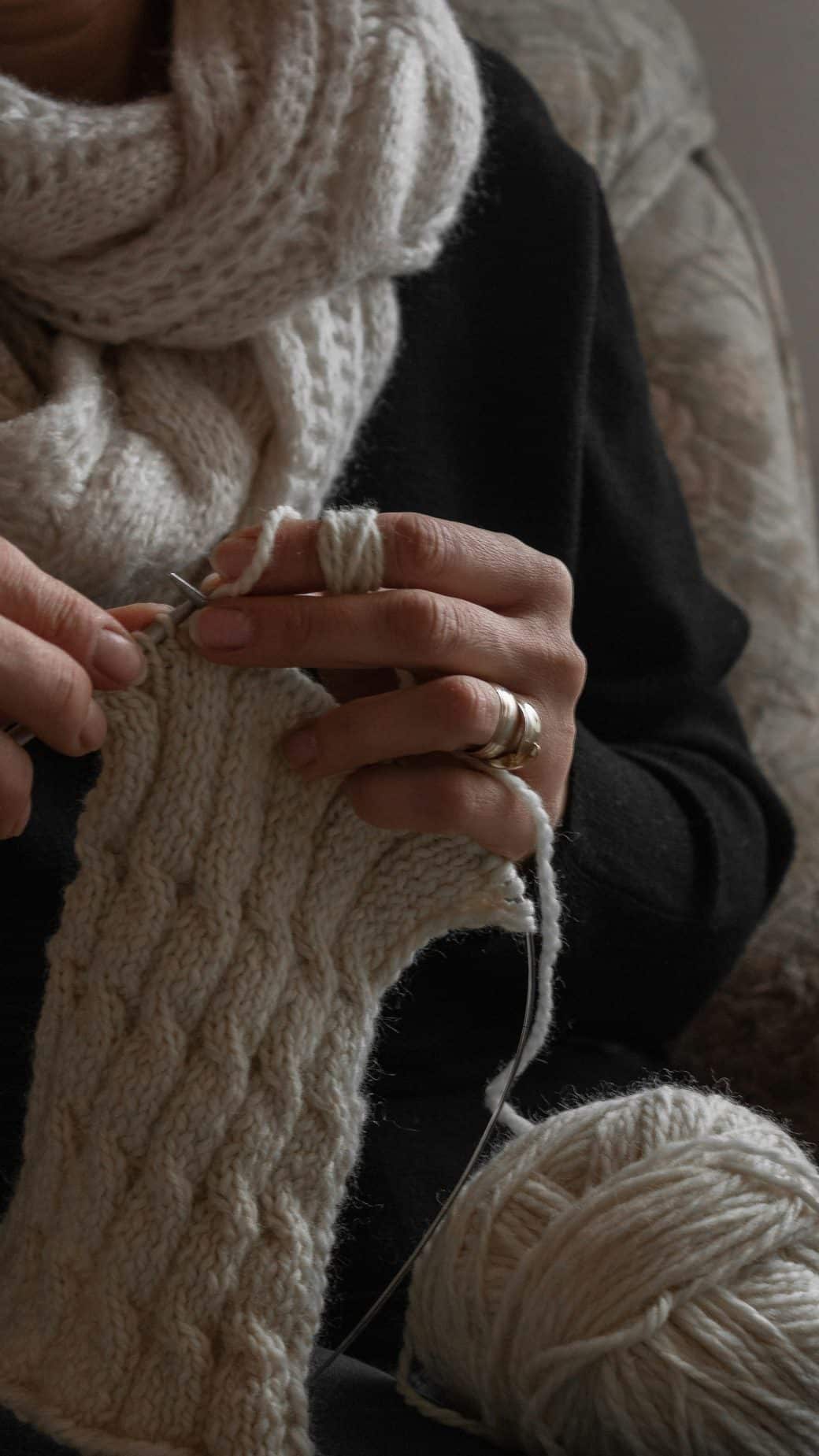Picture this: You’ve just got your hands on your very first sewing machine. The excitement is palpable, but so is the overwhelming sense of, “Where do I even start?” That’s where my “Ultimate Guide to Sewing Machine Essentials: Everything You Need to Know” comes in. I’ve been down that road, fumbling with thread and baffled by bobbins, which is why I decided to craft a guide that’s part sewing 101, part best friend’s advice. From threading your machine without losing your mind to understanding which foot attachment does what, I’ve got you covered. Trust me, I’ve made all the mistakes so you don’t have to.

Understanding Your Sewing Machine
Getting to grips with a sewing machine can initially feel like learning a whole new language. But once you understand the basics, a world of creative possibilities opens up. Allow me to share an overview of the essentials you’ll need to know to start your sewing journey.
Different types of sewing machines
There are several types of sewing machines out there, each suited to different needs and skills. Mechanical machines are your basic, no-frills models—perfect for beginners; they do the job without the bells and whistles. Electronic sewing machines offer more options with just a push of a button, making them a bit easier to use with a slightly steeper learning curve. For those who love to quilt or do embroidery, specialized machines cater specifically to those crafts. And then there are sergers, also known as overlock machines, which provide a professional finish to the edges.
Parts of a sewing machine
Every sewing machine, regardless of its type, has some common parts. The most noticeable are the needle and the presser foot, which together help you stitch your fabric. Then there’s the bobbin, which feeds the thread from the bottom, and the spool pin, which holds your top thread. The handwheel on the side lets you manually move the needle up and down, which is particularly handy for intricate work. There’s also the stitch selector, which, as you might guess, allows you to choose the type of stitch you want to use.
Understanding sewing machine nomenclature
The world of sewing machines comes with its own vocabulary. For instance, terms like “backstitch” (a way to secure your stitches at the beginning and end), “feed dogs” (the teeth under the presser foot that move the fabric through the machine), and “tension” (the tightness of the thread) are all crucial for mastering sewing machine usage. Familiarizing yourself with these terms will not only make following guides and tutorials easier but also help you better understand the capabilities of your machine.
Choosing The Right Sewing Machine
When it’s time to select your sewing machine, there are a few aspects to keep in mind to ensure you get the right one for your needs.
Factors to consider when buying a sewing machine
First off, think about what you’ll mainly use it for. If you’re diving into garment making, you’ll need a machine that can handle various fabrics. For quilting, look for a machine with a larger workspace. Also, consider your skill level and budget. Beginners might start with something simple and cost-effective, then upgrade later as skills improve. Lastly, look into the machine’s ease of use and maintenance.
Brand recommendations and reviews
Brands like Singer, Brother, and Janome are well-reputed and offer machines ranging from beginner to advanced. Before making a purchase, I always check online reviews and sewing forums for user experiences. It’s one of the best ways to gauge the machine’s performance and reliability.
Pricing and where to buy
Sewing machines can vary widely in price, from under a hundred dollars to several thousand. Determine your budget and stick to it. As for where to buy, local sewing shops not only provide the chance to try before you buy but also offer classes and ongoing support. Online retailers might have better deals but do check return policies and warranties.
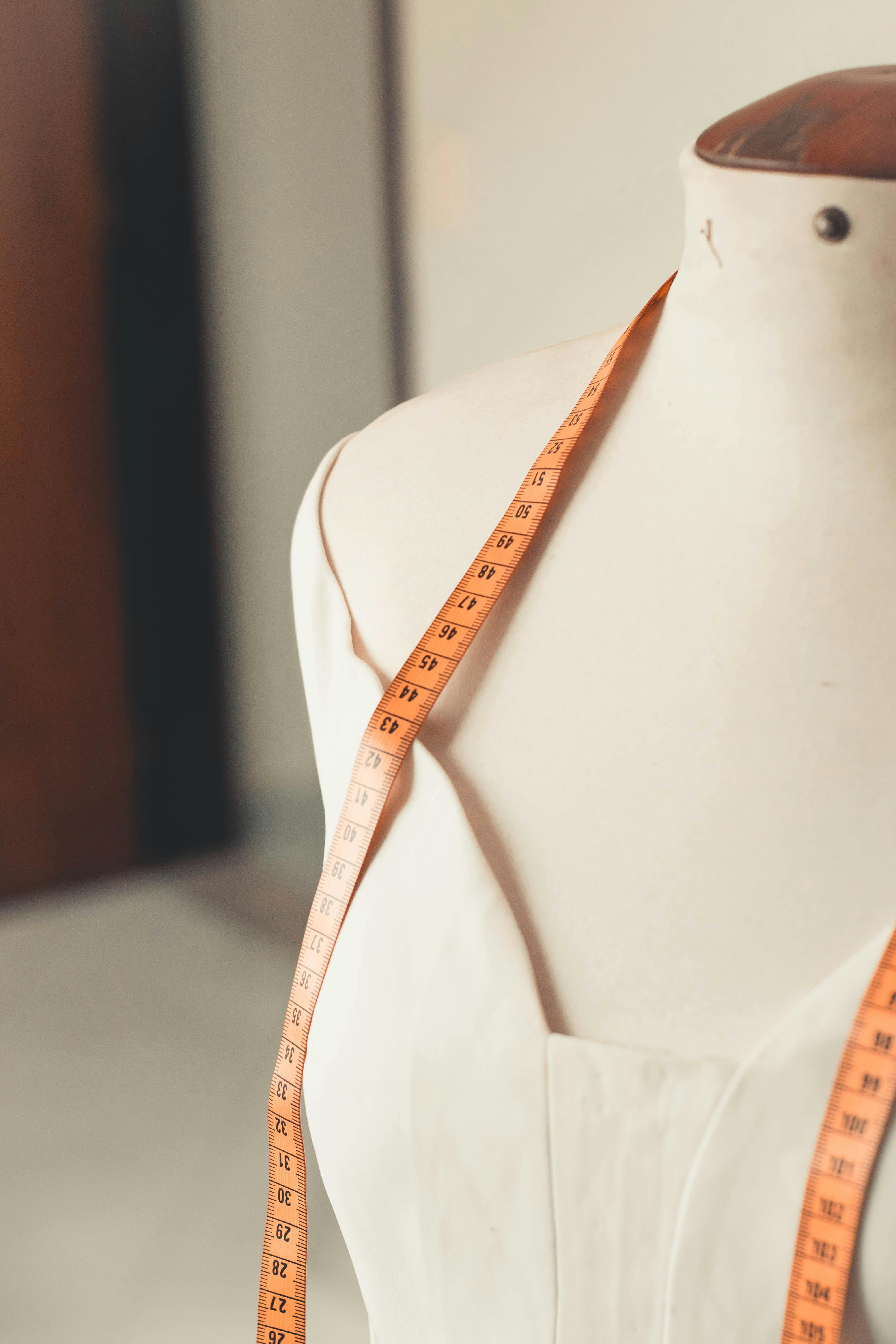
Getting To Know Your Sewing Machine
Once you’ve got your sewing machine, taking the time to get acquainted with it is key.
Setting up your sewing machine
Unpack your machine and find a stable, well-lit place to set it up. Follow the manual to correctly position parts like the spool pin, bobbin, and presser foot. Don’t forget to plug it in and turn it on!
Thread a sewing machine
Threading can seem daunting at first, but most machines have helpful diagrams printed right on them. The process generally involves placing the thread spool, threading through the tension mechanism, passing the thread through the take-up lever, and then threading the needle. Remember, there’s always the manual and countless online tutorials for your specific model.
Selecting the right stitch type
What you’re sewing will dictate the stitch type. Straight stitches are your go-to for basic seams. Zigzag stitches are great for stretchy fabrics or when you need a bit of give. Many machines offer a variety of decorative stitches as well, perfect for adding a personal touch to your projects.
Using the sewing machine controls
Most machines have a handwheel, a foot pedal, and several dials or a touchscreen for stitch selection and settings. The handwheel allows you to manually move the needle, useful for detailed work. The foot pedal controls the sewing speed—practice to find a pace you’re comfortable with. The dials/screen let you adjust stitch type, length, and width.
Maintenance of Your Sewing Machine
Routine cleaning of the sewing machine
Regular cleaning is crucial to keep your machine running smoothly. This means regularly dusting the machine’s surface and removing lint from the bobbin case with a small brush. It’s also important to oil your machine as per the manufacturer’s instructions.
Changing a sewing machine needle
Needles can wear out or get damaged, affecting your stitch quality. Replacing them regularly is a good practice. Just unscrew the needle clamp screw, remove the old needle, insert a new one (flat side towards the back for most machines), and tighten the screw.
Troubleshooting common problems
Common issues include skipped stitches, looping threads, and fabric not feeding properly. These can often be resolved by re-threading the machine, changing the needle, or adjusting the tension. Always consult your manual for troubleshooting tips specific to your machine.
When to seek professional help
If your machine is still acting up after you’ve done some basic troubleshooting, it might be time to call in the pros. This could be for internal adjustments, parts replacements, or detailed servicing that’s beyond the average user’s skill set.
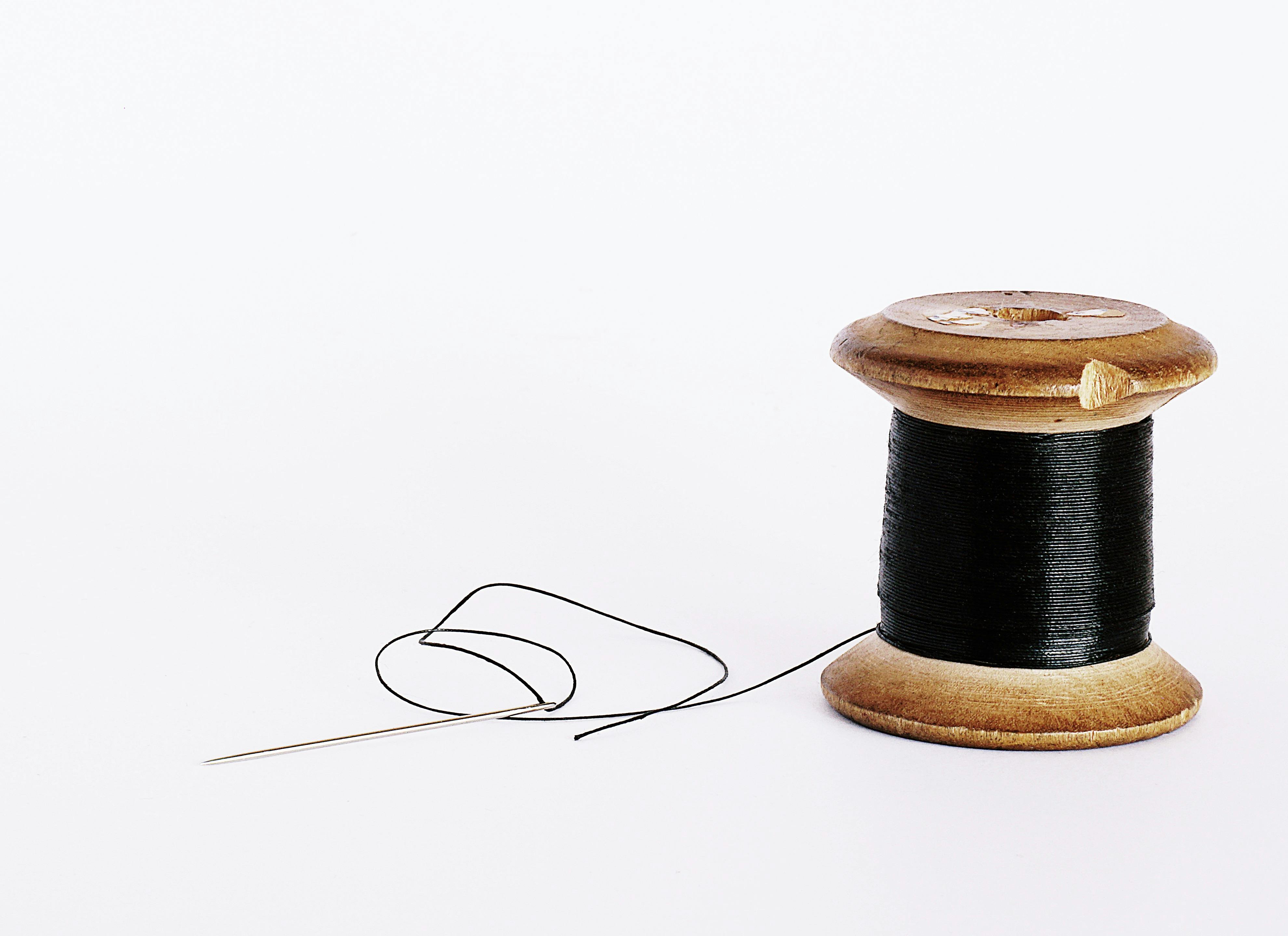
Essential Sewing Machine Accessories
Needles and their types
Sewing machine needles come in various types and sizes to suit different fabrics. Universal needles are great for beginners and can be used with a variety of fabrics, while specific types like ballpoint (for knits) or denim needles (for heavy fabrics) can enhance your sewing experience and results.
Threads and their types
The thread you use can greatly impact your project. Polyester thread is strong and suitable for most tasks, while cotton thread is perfect for sewing natural fabrics. For decorative sewing, you might explore silk, metallic, or even variegated threads.
Bobbin case and its uses
The bobbin case holds the bobbin and provides tension to the bottom thread. It’s important to ensure that the bobbin is correctly inserted and that the thread unwinds in the right direction to avoid sewing issues.
Other necessary accessories
Other handy accessories include a seam ripper, for correcting mistakes; extra bobbins, to have multiple thread colors ready to go; a soft measuring tape; and scissors or shears dedicated to fabric cutting. Having the right tools at your fingertips can make your sewing projects more enjoyable and successful.
Stitching Techniques
Basic stitching techniques
Mastering basic stitching techniques such as straight stitches, backstitches (for securing ends), and zigzag stitches (for stretchy fabrics or edges that fray) can form a solid foundation for your sewing projects.
Buttonhole stitching
Many machines come with a buttonhole function, which automates this previously tricky task. There’s usually a specific foot and setting for creating buttonholes, ensuring consistent results every time.
Decorative stitching
For those looking to add flair to their projects, decorative stitches offer a fun way to do so. Floral designs, geometrics, and even characters can be found on some machines, offering endless creative possibilities.
Other advanced stitching techniques
As you become more comfortable with your machine, you might explore techniques like free-motion sewing, embroidering, or even working with twin needles for parallel lines of stitching.
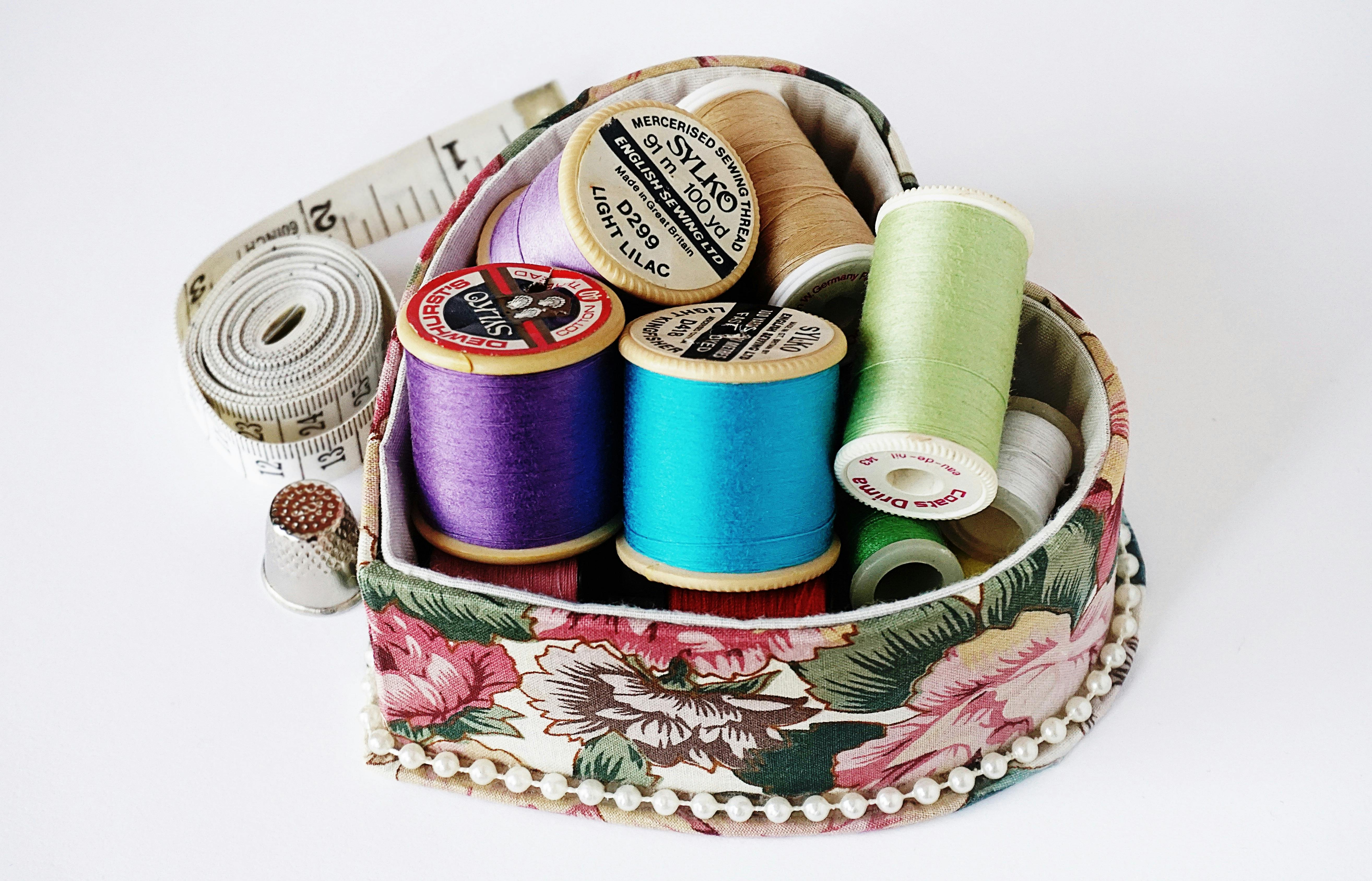
Working with Various Fabrics
Cotton
Cotton is a great starting fabric due to its stable weave. Use a universal needle and a medium stitch length for best results.
Silk
Silk can be slippery and tricky to work with. Use a sharp, fine needle and consider tissue paper underneath to stabilize the fabric while sewing.
Denim
Denim requires a heavier needle (denim or jeans needle) and a longer stitch length. Go slow to avoid breaking needles on seams.
Leather
Leather is best sewn with a specific leather needle and nylon or polyester thread. You may also need a Teflon foot to prevent sticking.
Tips for sewing with various fabrics
Always test your stitch on a scrap of your project fabric first. Adjust tension, stitch length, and needle type as needed for best results.
Projects for Beginners
Sewing projects suitable for beginners
Simple projects like tote bags, pillowcases, or aprons are great for beginners. They allow practice of basic sewing skills without the complexity of fitted garments or intricate piecing.
How to choose a beginner-friendly project
Look for projects that use straight lines and minimal pattern pieces. Also, consider materials that are easy to work with, such as quilting cotton.
Instructional patterns for beginners
Many patterns are designed specifically for beginners, with detailed instructions and few technical challenges. These can be a great resource as you’re learning.
Completing your first sewing project
Finishing your first project is a milestone! Don’t be discouraged by imperfections—each project is a learning opportunity that brings you one step closer to mastering sewing.
Safety Tips While Using Sewing Machine
Creating a safe working environment
Ensure your sewing area is well-lit and free from clutter. Keep fingers away from the needle, and use the presser foot lifter and handwheel to avoid accidents.
Avoiding common injuries and mistakes
Use a seam ripper instead of scissors for unpicking to prevent fabric cuts. Don’t force the fabric as it feeds through the machine, as this can lead to needle breakages and potential injury.
Maintaining focus and avoiding distractions
Sewing requires concentration to ensure quality results and safety. Avoid multitasking and take regular breaks to keep your focus sharp.
Advanced Sewing Machine Features
Automatic threading and cutting
These features can save time and simplify the sewing process, perfect for those who struggle with threading needles or want to speed up their workflow.
Free arm sewing
The free arm allows you to sew tubes of fabric, like sleeve cuffs or pant hems, more easily. It provides more maneuverability and access to harder-to-reach areas.
Multiple stitch functions
As you become more experienced, you may appreciate machines that offer a wide range of stitch types and functions, which can expand your sewing capabilities.
Computerized sewing machines
These machines can memorize stitch sequences, auto-adjust settings for different fabric types, and even connect to the internet for design downloads, offering a high level of precision and creativity.
Embarking on your sewing journey is an exciting venture. With the right knowledge and tools, you can explore endless creative projects, bringing your ideas to life. Remember, practice makes perfect, and every stitch takes you closer to sewing mastery. Happy sewing!

